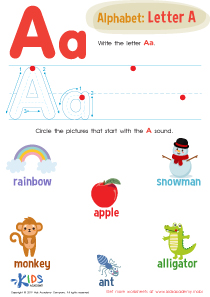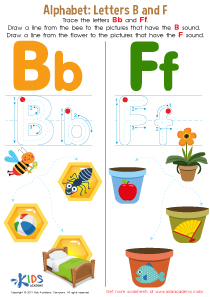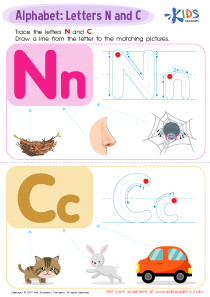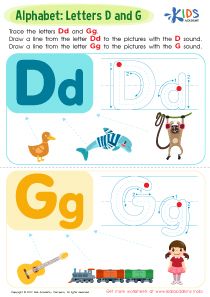Letter V Worksheets for Ages 3-4
5 filtered results
-
From - To
Introducing our enchanting collection of Letter V worksheets, meticulously crafted for the curious minds of children Ages 3-4. Embark on a vibrant journey through the world of the Letter V, where each page is filled with delightful activities designed to captivate and educate. From tracing the curvy lines of the Letter V to identifying vibrant objects that start with V, these worksheets are the perfect blend of fun and learning. Ideal for preschoolers, these worksheets aim to enhance letter recognition, fine motor skills, and early literacy in a playful environment. Embolden your child's first steps into the alphabet with our Letter V worksheets for Ages 3-4.
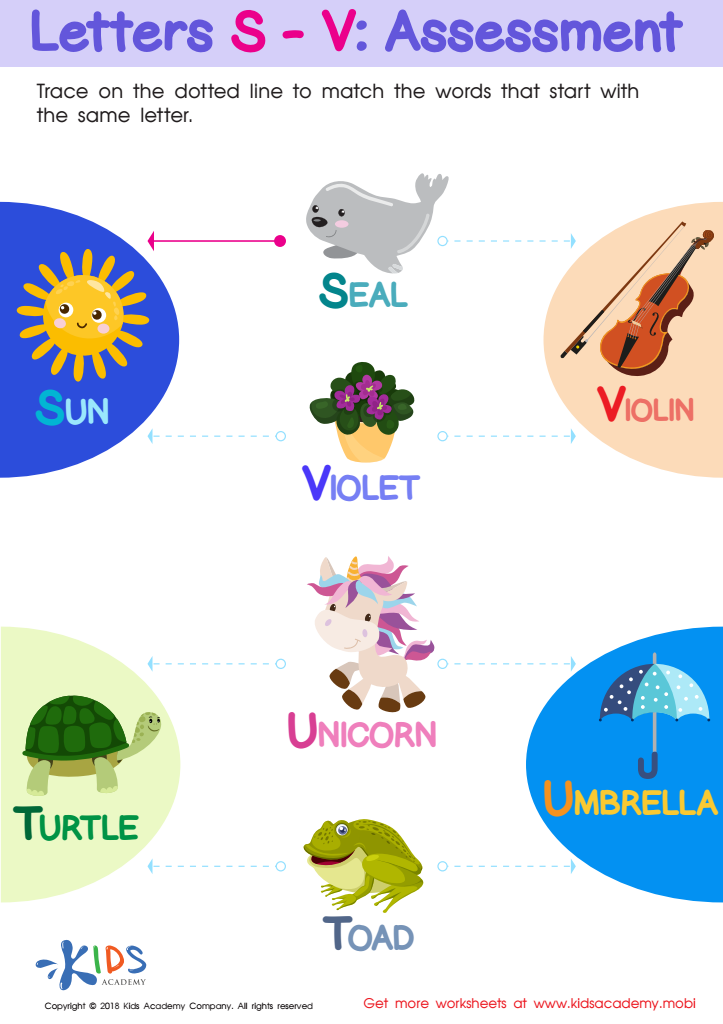

Letters S - V Tracing Worksheet


Find Uppercase Letters V, W, X Worksheet
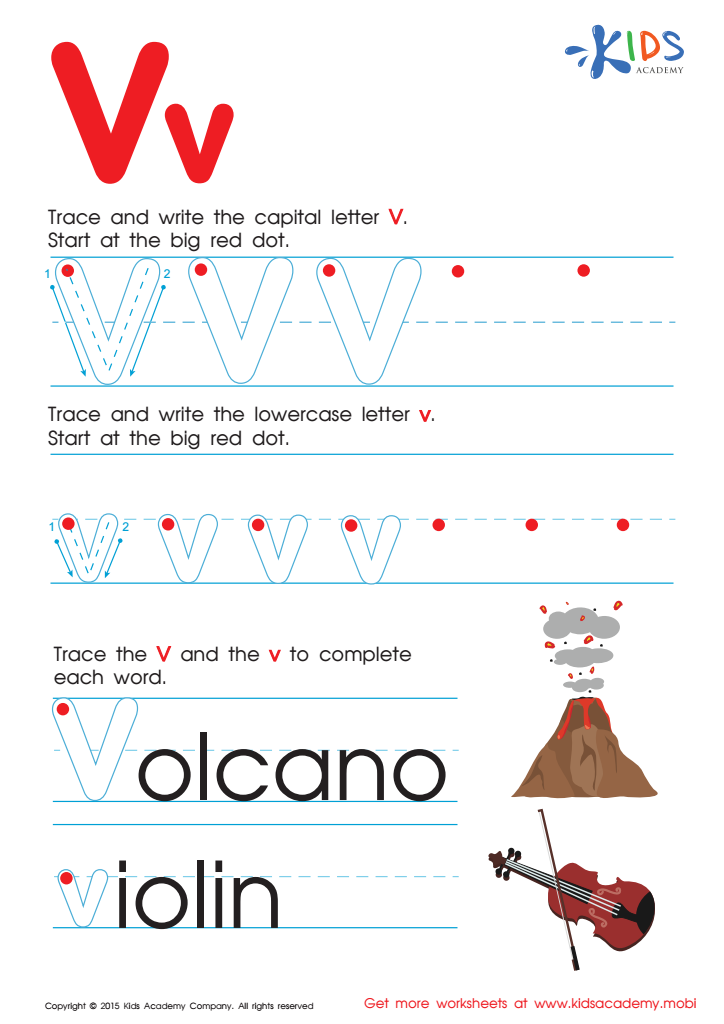

Letter V Tracing Page
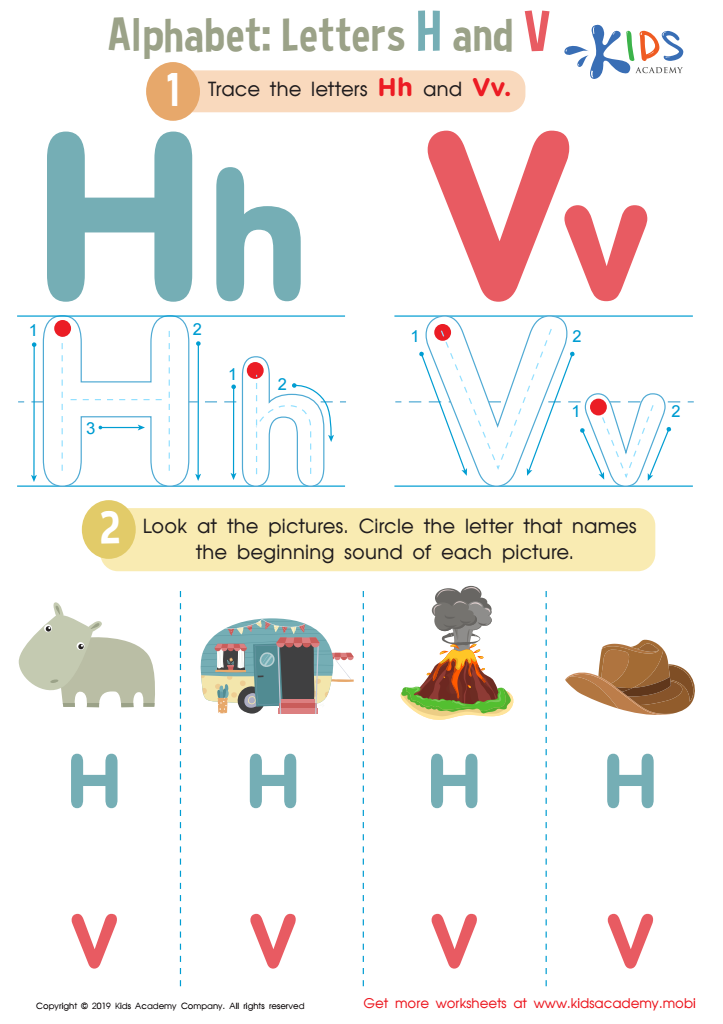

Letters H and V Tracing Worksheet
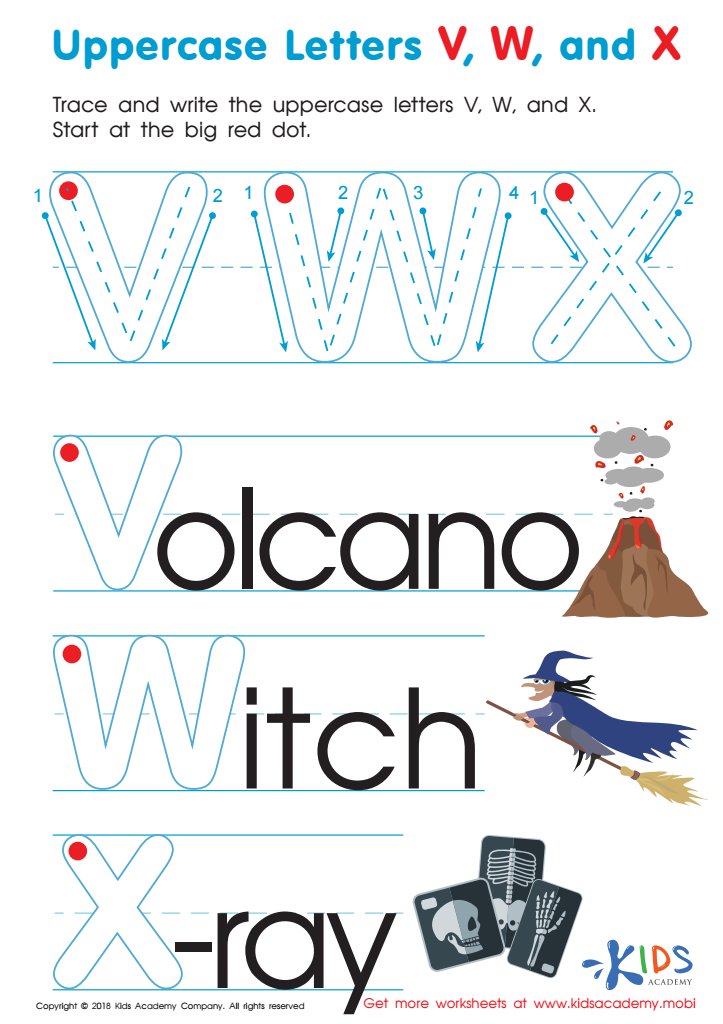

Uppercase Letters V, W, and X Worksheet
Unlocking Early Literacy Skills: The Power of Letter V Worksheets for Ages 3-4
In the intricate journey of language acquisition, the introduction of alphabets plays a pivotal role, particularly for young learners aged 3 to 4. Amidst this crucial phase, Letter V worksheets emerge as an indispensable tool, uniquely designed to cater to the developmental needs of preschoolers. These worksheets are not just sheets of paper but stepping stones towards literacy, laying the foundation for reading, writing, and comprehension skills.
Utilizing Letter V worksheets for Ages 3-4 serves multiple educational purposes. Firstly, they introduce children to the shape and sound of the letter V, an essential step in phonemic awareness. Through engaging activities like tracing, coloring, and matching, children develop fine motor skills while learning how to recognize and write the letter V. This hands-on experience fosters memory retention and encourages active participation.
Moreover, these worksheets pave the way for vocabulary enhancement. By associating the letter V with words like 'vase', 'van', 'vegetable', or 'volcano', children expand their language repertoire, linking letters to objects and concepts in their environment. This contextual learning is vital for cognitive development and word recognition.
In summary, Letter V worksheets for Ages 3-4 are much more than mere educational resources. They are gateways to linguistic proficiency, creativity, and a lifelong love for learning, making them a fundamental component of early childhood education.
 Assign to My Students
Assign to My Students




